
Meiji Shrine is a shrine surrounded by a forest that worships Emperor Meiji and Empress Dowager Shoken. Since the shrine was built in the area of Yoyogi in 1920, it is popular as a tourist spot where many people visit from home and abroad. The number of worshipers of Meiji Jingu Shrine’s New Year’s visit is No. 1 place every year.
The precincts are wide, and from the torii to the main hall the quiet entrance that is surrounded by forests continues. On the south side of main hall, there are many sights such as “Meiji Jingu Gyoen Garden”, “Well of Kiyomasa”.
One of the biggest attractions in Meiji Jingu Shrine is the approach to the main shrine. The approach path surrounded by majestic nature rare in the city center makes you feel a solemn atmosphere and calm. In the forest beside the approach road, artificially planted trees are formed so that unchanged landscapes can be seen even after 100 years. Let’s enjoy the journey to the main hall while enjoying the forest bathing slowly. There is a distance of about 10 minutes to the main hall, so it is recommended going in a form that is easy to walk.
The opening gate time that can be visited of Meiji Jingu Shrine varies from day to day. Since sunrise to sunset is available time, let’s check the opening and closing time at the official site when visiting. Because the shrine is open throughout the year, you can visit the shrine any time within the opening time. The admission fee is basically free, but an admission fee of 500 yen is required for “Meiji Jingu Gyoen Garden”.
Meiji Jingu Shrine has a facility called a cultural hall, where you can enjoy breaks and meals during sightseeing. There is a restaurant and a shop where you can buy souvenirs in the hall and you should visit with the main hall.
In addition to the stairs, there are gentle slopes in the precincts, and people who have disabilities in the legs and wheelchairs can also visit with confidence. With universal design, it is a big appeal that people of a wide generation can visit.
Boasting a vast site, Meiji Jingu Shrine has various entrances, north gate, south gate, west gate and so on. When visiting by sightseeing, it is good to check in advance which gate is best to enter.
Access by train such as JR, Tokyo Metro, Odakyu Line is convenient. It is a good point that it is within walking distance from each station.
Let’s take a look at the sacred places that make you feel quiet and majestic, despite famous tourist destinations such as Harajuku and Omotesando are close by. After visiting at Meiji Jingu Shrine, you can enjoy it at gourmet spots such as cafe and dining hall around. There are plenty of sightseeing spots bustling with people from home and abroad. Please visit Meiji Jingu Shrine, a famous historical shrine, when you travel to Tokyo.
Three stars in the Michelin Tokyo
Meiji-jingu is a shrine which deifies Emperor Meiji and Empress Shoken, and was founded in 1920.
dense and luxuriant green woods are the artificial plantations which planted about 100,000 donor of woods from the whole country when the Shinto shrine was constructed.
Meiji Jingu Shrine was granted the highest rank of three stars in the Michelin Tokyo version, and represents the best sightseeing spot of Tokyo where the number of the worshipers of “the New Year’s visit to a Shinto shrine” is number one in Japan. It was founded after the Emperor Meiji’s death by the national movement which venerates the Emperor.
Vast Chinju-no-mori (forest of the village shrine) which now serves as oasis in the center of Tokyo is planted by a national young people’s association’s service provided through physical labor. And this forest is not what existed from the first, and was designed be completed nature forest 100 years after the erection of the Shinto shrine.
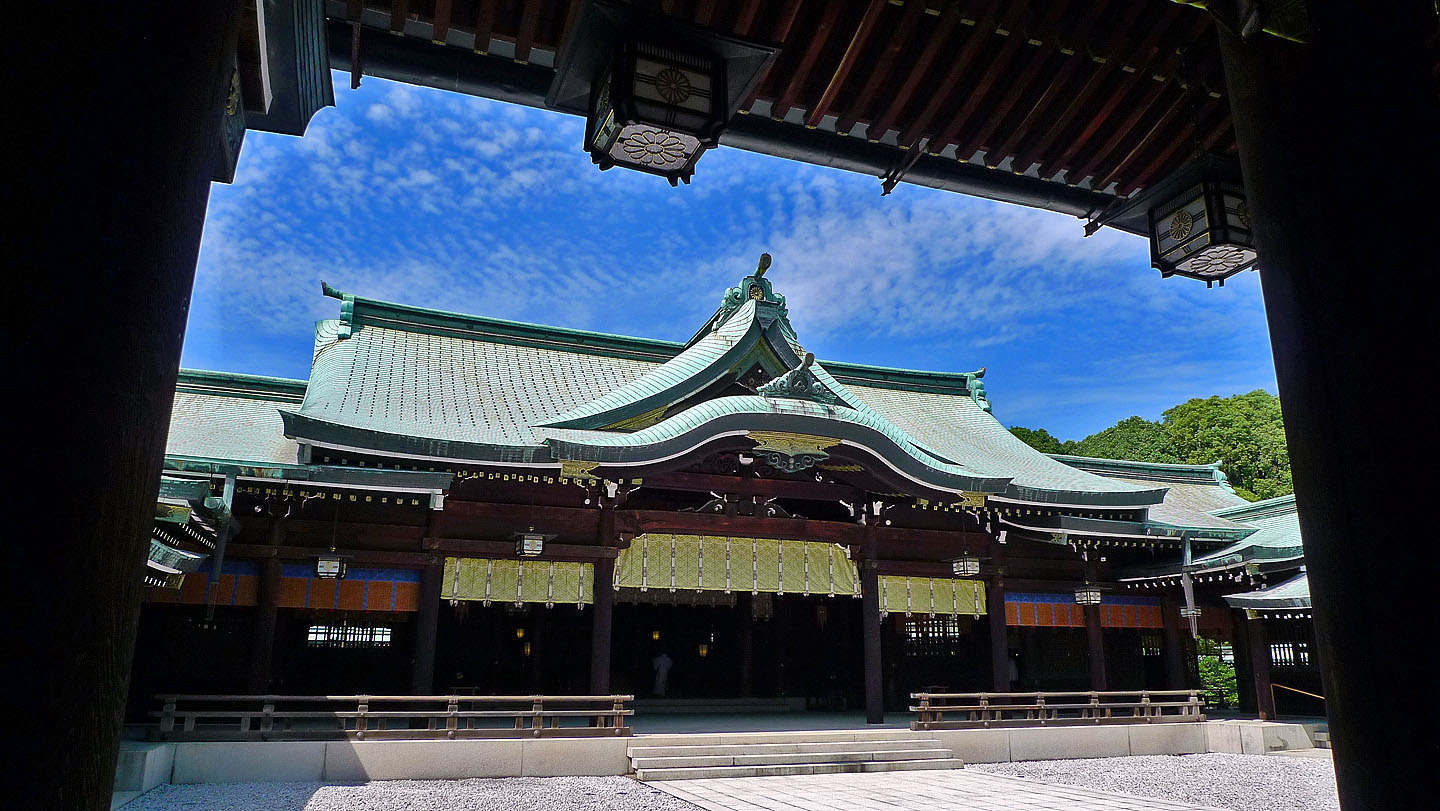
The hinoki of 1,500 years old
The wooden “Myojin torii” (a kind of torii gate in front of a Shinto shrine) which is the biggest in the country. It was founded formerly in 1920, but rebuilding was completed on December 23, 1975, and the current thing was dedicated by a charitable person. Material wood is the hinoki of 1,500 years old of Mt.Tandai in Taiwan.
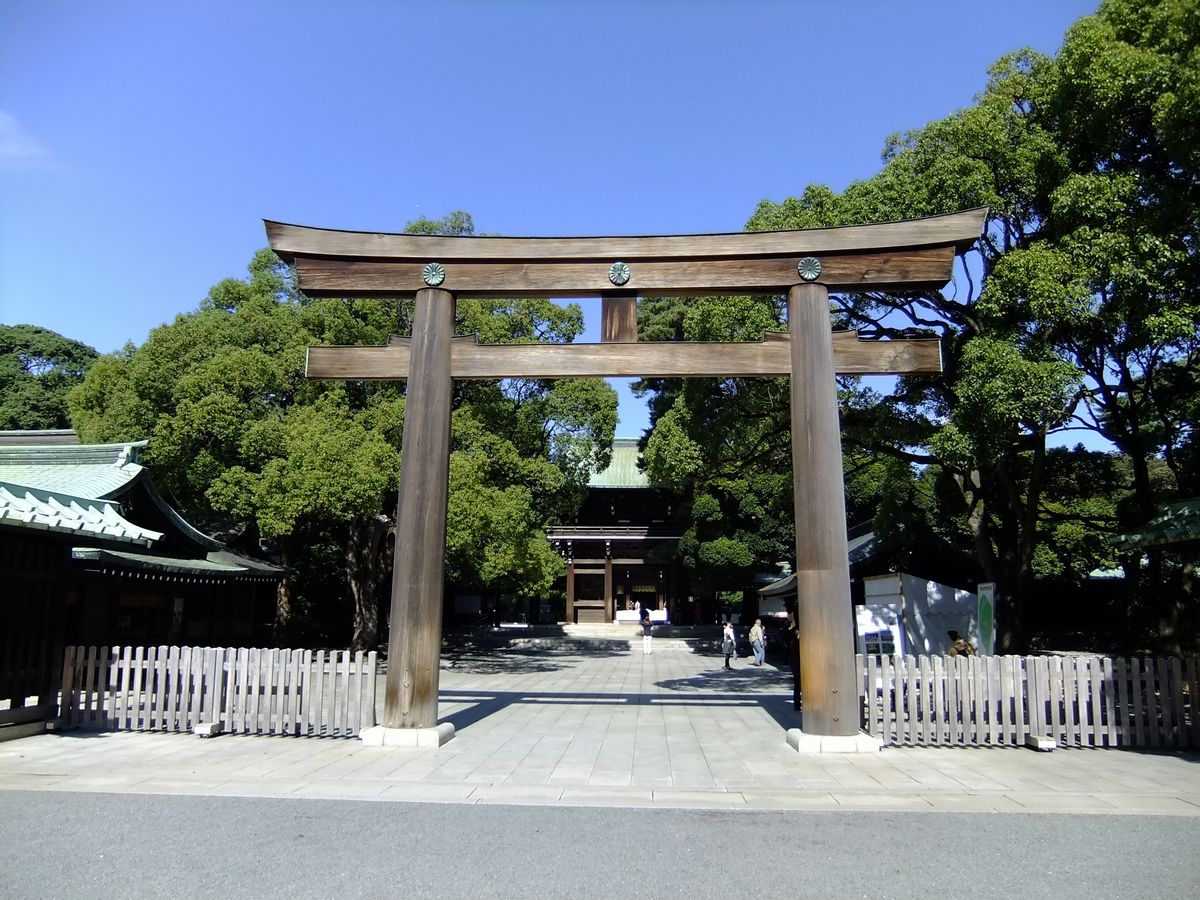
Many person visit every day
In Kagura-den Hall (hall of Shinto Music and Dance) of Meiji Jingu Shrine, solemn dance dedicated to god, safety of the family, physical safe prayer, exorcism of bad luck, praying for success in entrance examinations, and holds prosperity-in-business prayer etc. is held, and many person visit every day.
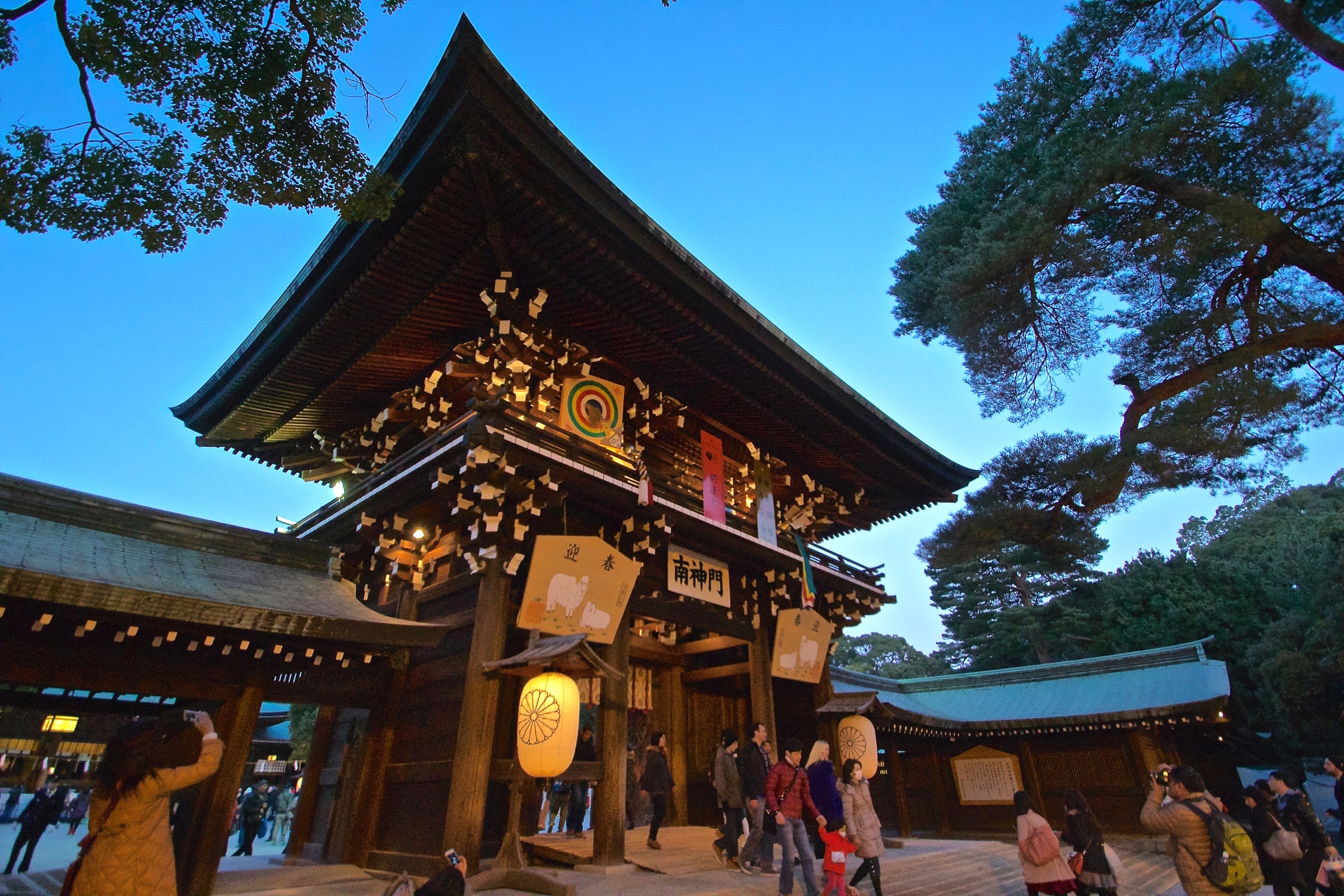
Marriage ceremony held in a solemn atmosphere
In front of a main shrine, the marriage ceremony becoming as lifetime recollections may be held in a solemn atmosphere.
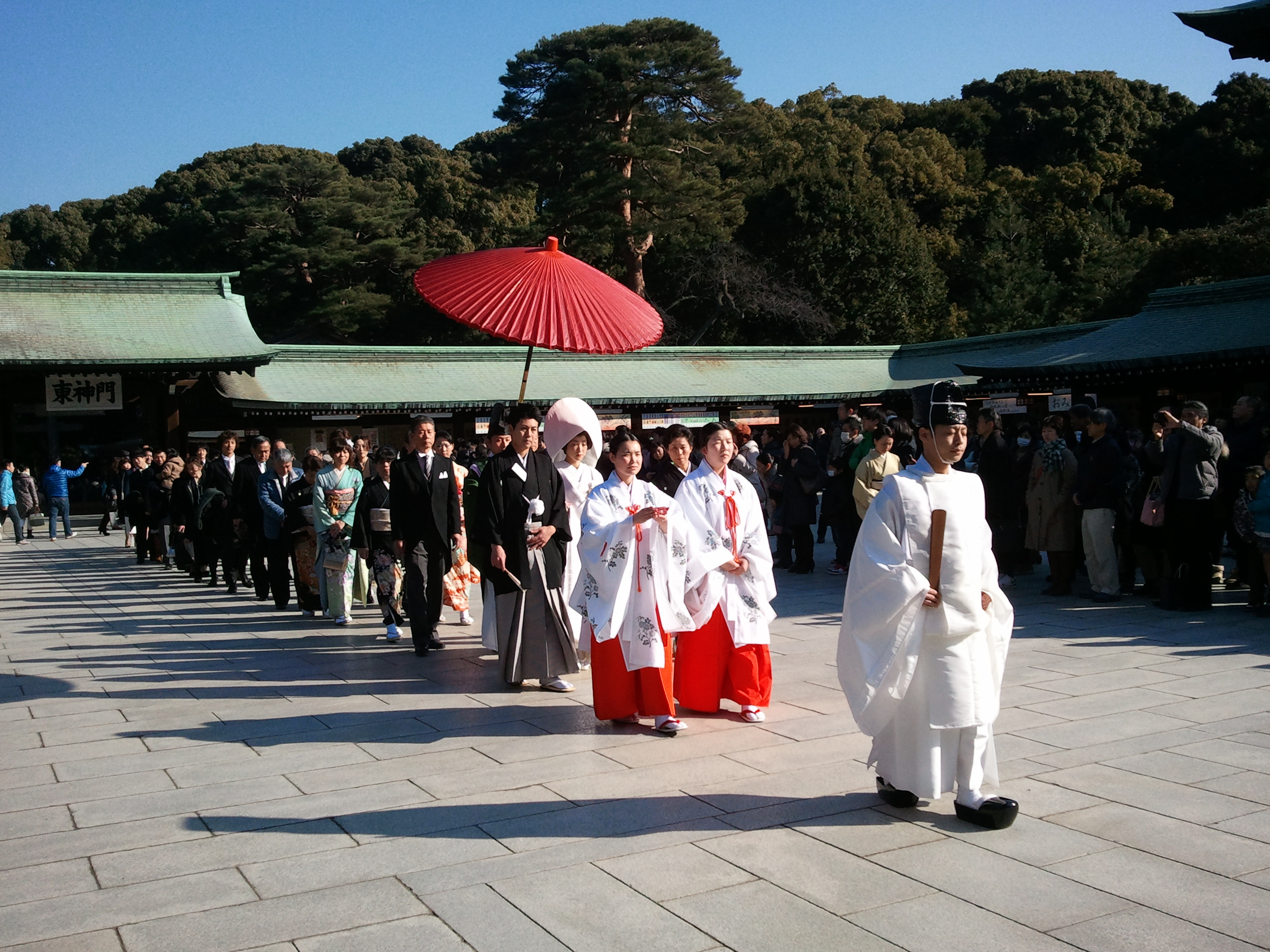
Metropolitan area’s leading sacred place
Moreover, the well of Kiyomasa said for Kiyomasa Katou to have dug is famous as metropolitan area’s leading sacred place (place which can acquire the power of feng shui), and it is popular.
In addition, there is much highlight including the beautiful Japanese iris planted for the Empress Shoken as pleasure of Emperor Meiji.
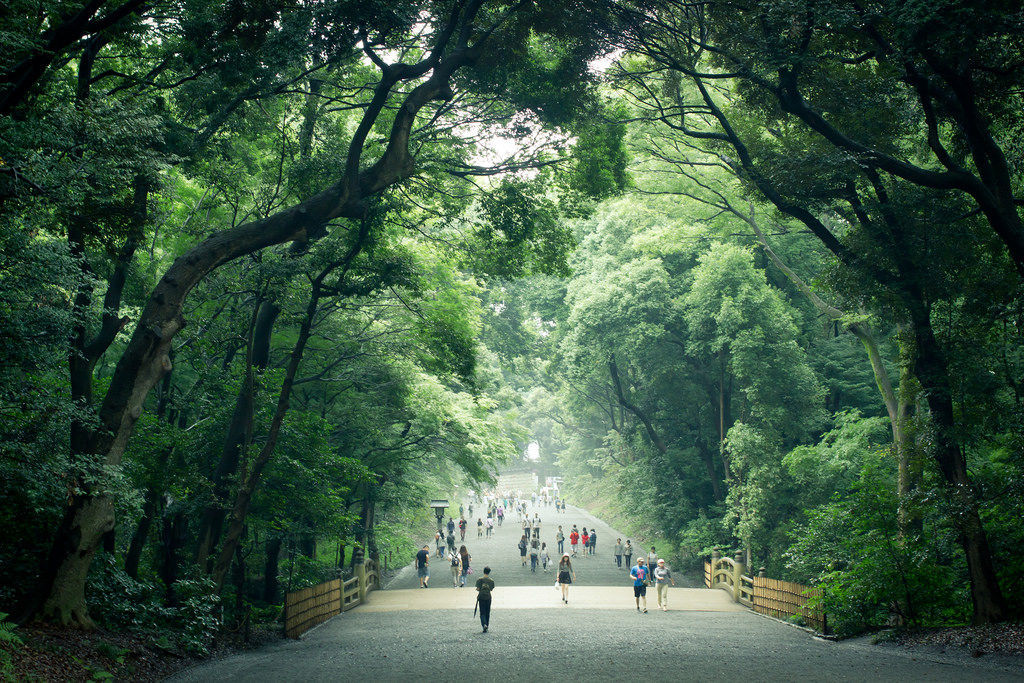
Information(Access, Price/Charge, Tel, Address, Official site, etc.)
| Name: | Meiji Jingu Shrine |
| Address: | Yoyogikamizonocho 1-1 Shibuya-ku, Tokyo 151-0052 Japan |
| Access: | JR Yamanote-sen Line “Harajuku-eki” station (1 minute walk) |
| Tel: | (+81) 3-3379-5511 |
| Price / Charge: | Free |
| Official site: | http://www.meijijingu.or.jp/ |
Leave a Reply